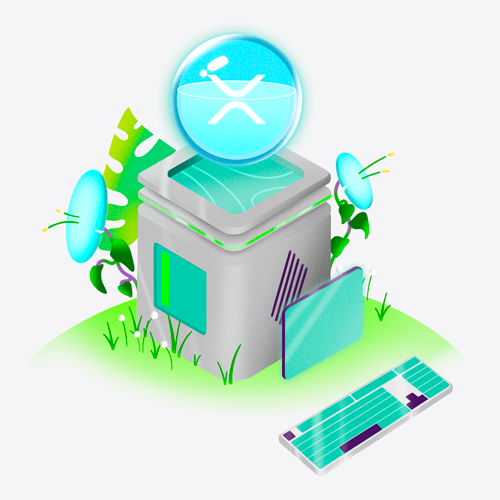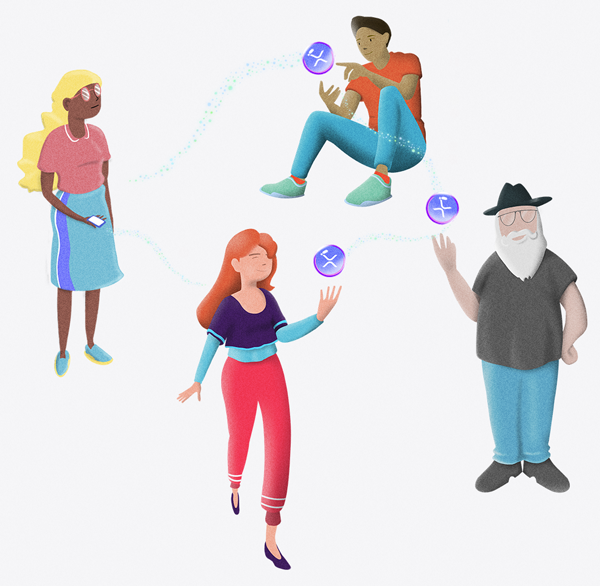Lesson 1
How the XRP Ledger came to be
Creating a sustainable blockchain for the world’s payments

The XRP Ledger (XRPL) is a decentralized, permissionless, open-source blockchain that anyone can contribute to and build on. It offers powerful utility and flexibility that you can access with any of the supported Python, Java, or JavaScript libraries.
History
The creation of Bitcoin in 2009 marked the birth of decentralized currencies—money that is not controlled by a central authority. Though this was a big step for individuals’ financial freedom and person-to-person payments, there were some drawbacks to the Bitcoin network which still persist today. The biggest issues were the slow speed of transactions and the high computing power needed to process them.
In 2011, developers David Schwartz, Jed McCaleb, and Arthur Britto joined forces to achieve a collective goal: to create a digital asset that was more sustainable, scalable, and able to process transactions much faster than Bitcoin. Thus, the cryptocurrency XRP and the blockchain on which it runs—the XRP ledger (XRPL)—were born.
The XRPL has been live since then! With a decade of uptime, the XRPL has been a reliable backbone of a variety of use cases including payments, tokenization, DeFi, and more. Let’s dive deeper into the reasons the XRPL is useful and powerful enough to bootstrap a new economy.
Key benefits
Fast transactions
Payments moving across the XRPL can settle in roughly 3-5 seconds at a global scale. To get a sense of that, sending a transaction on the XRPL takes less time than it should take you to read this sentence.

Low-cost fees
The XRPL is remarkably cheap to use. The transaction fee on the network costs less than one cent, starting at just 0.00001 XRP—which is very low compared to other blockchains.
Sustainable
Many blockchains require large amounts of energy to process transactions and maintain the network. The XRPL is designed to use as little energy as possible.
Its unique consensus algorithm (the way it validates transactions) doesn’t require mining. This means that there’s no need for energy-hungry servers that use up a lot of electricity.
In fact, the cryptocurrency XRP uses 0.0079 kWh of energy per transaction, which is 100,000 times smaller than the 951.58 kWh per transaction using Bitcoin. Annually this amounts to a savings of over 50 billion kWh of energy. The negligible amount of energy that XRPL does use is offset through carbon credits, making it the world’s first major, global, carbon-neutral, public blockchain.

Robust community
The XRPL has one of the most passionate and engaged communities in the blockchain space. The community is constantly developing new applications and working on ways to make the XRPL even better. You’re invited to join!

